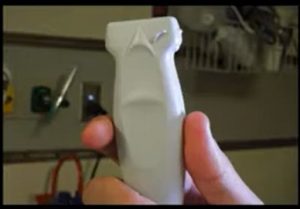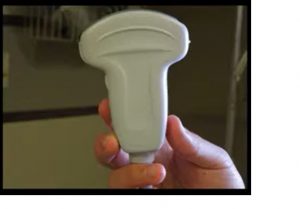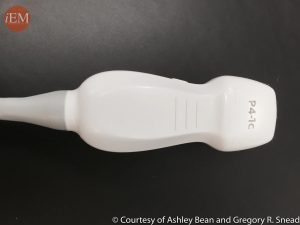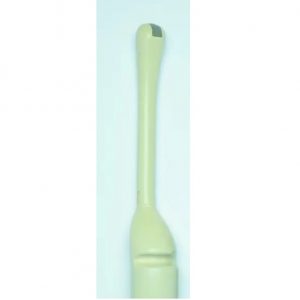3 Knobology and Probes
Mohammad Firdaus Bolong
Introduction to Knobology and Probes
Knobology : The Science of Ultrasound Controls
Knobology refers to the understanding and mastery of the operational controls of the ultrasound machine. Familiarizing oneself with the machine’s various knobs, buttons, and switches is crucial for producing and interpreting high-quality images. This may vary in between different models of ultrasounds but the important knobs are usually available on the control center of the machine for prompt adjustments to get the best available image in a bedside scan.
Described below are the fundamental functions of knobs on the ultrasound machine in order to obtain a useful image for interpretations.
Gain Control: Adjusts the brightness of the ultrasound image. It amplifies or reduces the returning echoes from the tissues.
Depth Control: Allows the operator to adjust the depth of the viewing area. This is essential for visualizing structures at different distances from the probe.
Focus: Helps in sharpening a specific area of the image. It’s essential to correctly position the focus at the level of the structure of interest .
Time-Gain Compensation (TGC) Sliders: These are used to equalize the brightness of the image by compensating for signal loss due to tissue depth.
Zoom: This control magnifies a selected area of the ultrasound image, aiding in the detailed examination of specific structures.
Use of these controls can be demonstrated in the video below
Adapted from “Ultrasound 5 – Knobology 1 – Gain” by Marc Kohli is licensed under CC BY 3.0
Probes : Different Tools for Different Scans
Ultrasound probes, also known as transducers, are devices that emit and receive ultrasound waves. They come in various shapes and sizes, each designed for specific applications [6].
Types of Ultrasound Probes:
Linear Array Probe: These have a rectangular footprint and produce high-frequency, high-resolution images. Ideal for visualizing superficial structures like the thyroid gland, blood vessels, and musculoskeletal structures.

Adapted from “Video 18 Tutorial on ultrasound for DVT” by International Emergency Medicine Education Project is licensed under CC BY 4.0
Curved (or Convex) Array Probe: Characterized by a curved footprint, these probes provide a broader field of view. They are often used for abdominal and obstetric examinations.

Adapted from “Video 17 Tutorial on ultrasound for abdominal aortic aneurysm” by International Emergency Medicine Education Project is licensed under CC BY 4.0
Phased Array Probe: These have a small, squared-off footprint and are employed for cardiac imaging due to their ability to provide images between rib spaces.

Endocavitary Probe: Designed for internal examinations, like transvaginal or transrectal studies. They have a high frequency and provide detailed images of structures inside body cavities .

Adapted from “Fibroids but Scared To Have a TVS (Transvaginal Scan) – A Discussion” by AskAwayHealth With Dr Sylvia is licensed under CC BY 4.0
Doppler Probes: Utilized to assess blood flow, these probes can provide both visual (color Doppler) and auditory feedback of blood movement.
Selection and Care:
Choosing the right probe is pivotal to obtaining a clear and clinically relevant image. The choice depends on the depth and type of tissue being examined . Maintenance is equally essential: regular cleaning, proper storage, and routine inspections ensure the longevity and performance of the probes. It is also important to use the manufacturer’s recommended cleaning solution or wipes when taking care of ultrasound probe’s hygiene.
Conclusion
Grasping the basics of knobology and understanding the differences between various probes is the foundation of proficient ultrasound imaging. Mastery of these tools allows the operator to maximize the utility of this incredible diagnostic instrument.
Key Takeaways
- Knobology is a must know aspect of ultrasound as it will help in identifying important elements in an image
- Different probes are used for different purposes, but in the context of point of care ultrasound, the important probes are curvilinear probe, phased array probe as well as linear array probes.
Chapter Exercise

